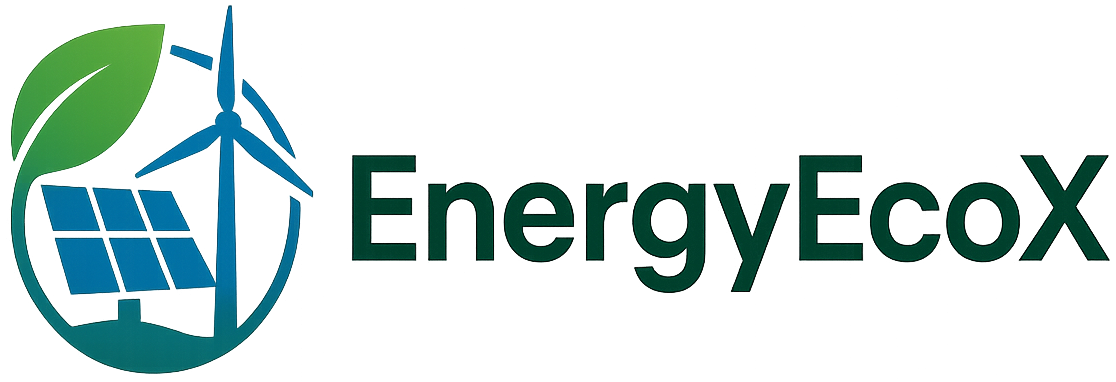-
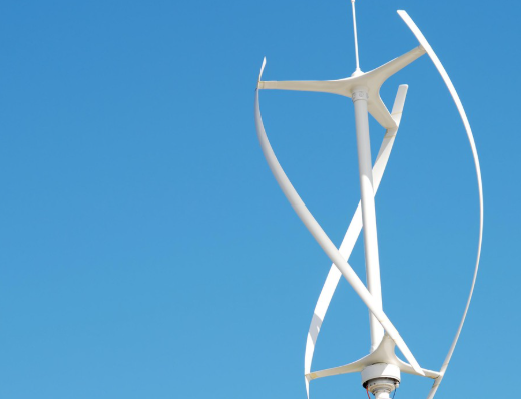
Vertical wind turbines are characterized by a rotor axis positioned vertically (upright axis). The first wind turbines built by humans had a vertical axis: the so-called Persian windmill dates back to the 7th century. Among vertical wind turbines, there are various designs such as the Darrieus rotor and the Savonius rotor, as well as hybrid…
-

Solar power’s central part is, for solar energy, the most crucial element responsible for your solar energy system being efficient. Typically what’s termed the “brains” or the “motor” of the solar gear, the inverter does much more than that which is merely described as converting electricity—it manages energy flow, gives protection, and communicates with the…
-
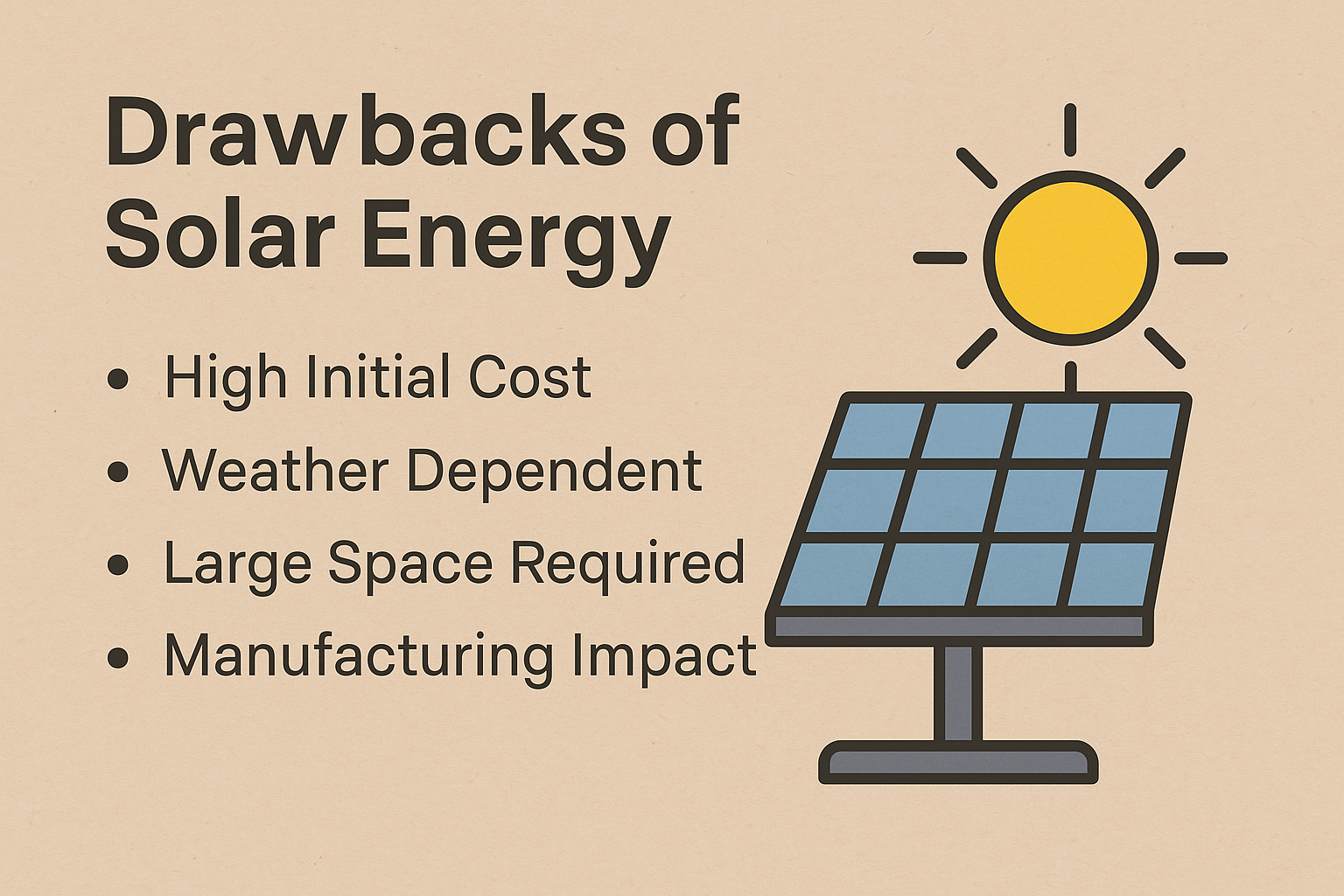
Even the greatest things in life have their drawback. The very things we like most may disappoint us at some point. Even if we like something very much, perfection never always happens with everything. It is the same with solar energy. Although solar power has such great advantages, it is significant to learn about its…
-

Energy plays a vital role in our daily lives, fueling everything from households and transportation to industries, healthcare, education, and communication. The sources from which we derive energy have significant impacts on the environment—both positive and negative. In this article, we will explore the environmental implications of various energy sources, including fossil fuels, nuclear energy,…
-
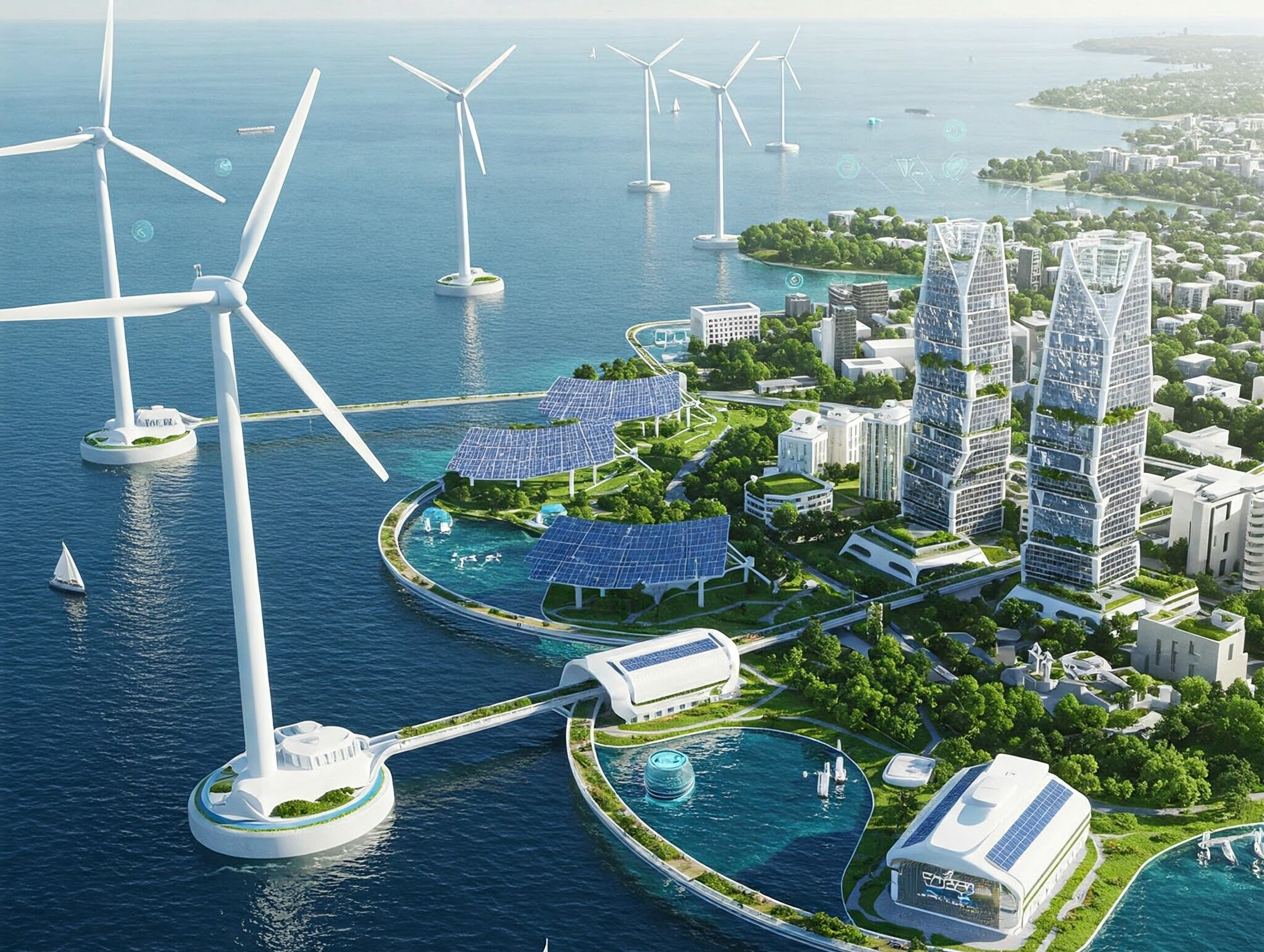
Energy derived from renewable natural resources—such as solar, biomass, hydropower, geothermal, and wind—is not only sustainable but can also be naturally replenished over time. As global awareness of climate change and environmental sustainability grows, many countries have set ambitious targets for transitioning to renewable energy. It is now widely recognized as a vital component of…
-
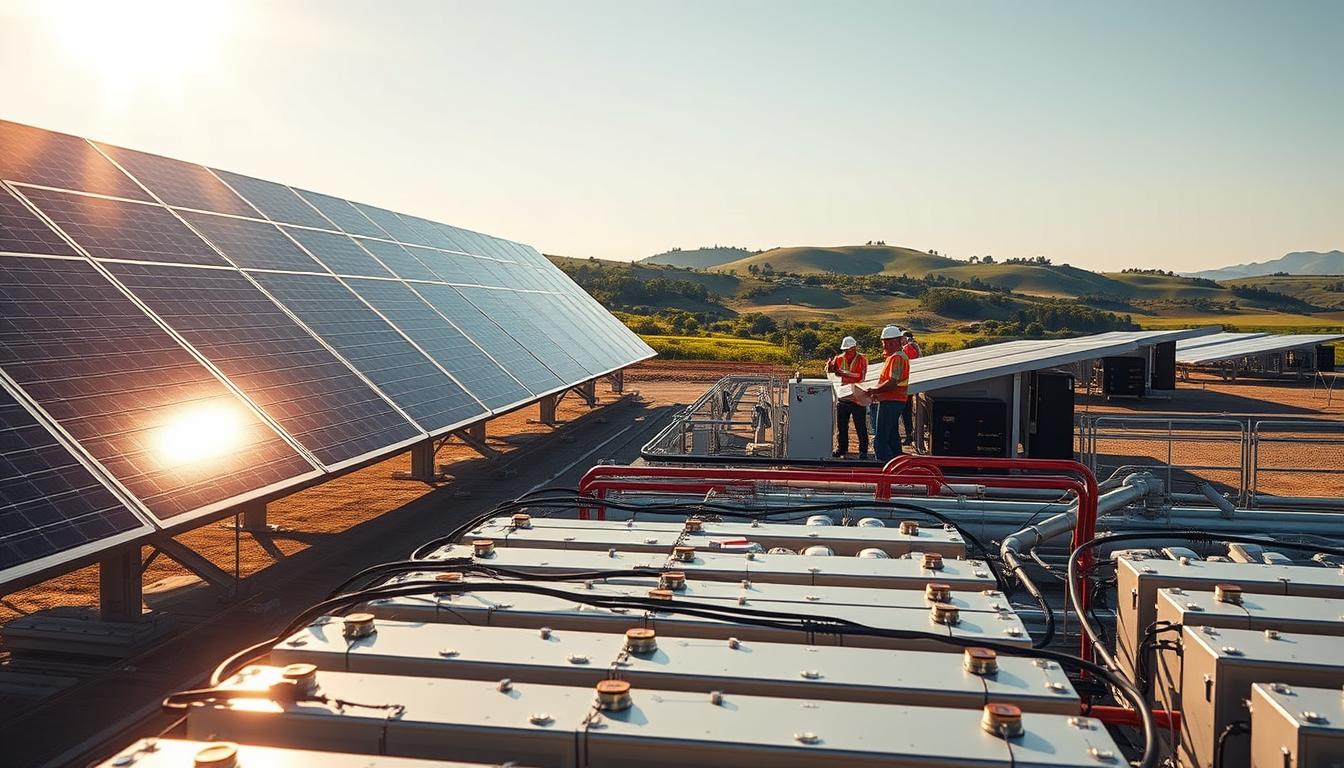
Did you know that the amount of solar energy the Earth receives in just one hour is enough to power the entire world for a year? However, harnessing this energy efficiently remains a significant challenge. The main issue with solar energy is its intermittency; solar panels generate electricity during daylight hours but not when the…
-

ncy to mitigate climate change intensifies in 2025, clean energy sources aren’t optional anymore—those times are gone. Among them, tidal energy or tidal power is characterized by its reliability, predictability, and minimal environment impact. Compared with the sun and wind power, which are unstable and unpredictable, tidal energy is a reliable, long-term opportunity for island…
-
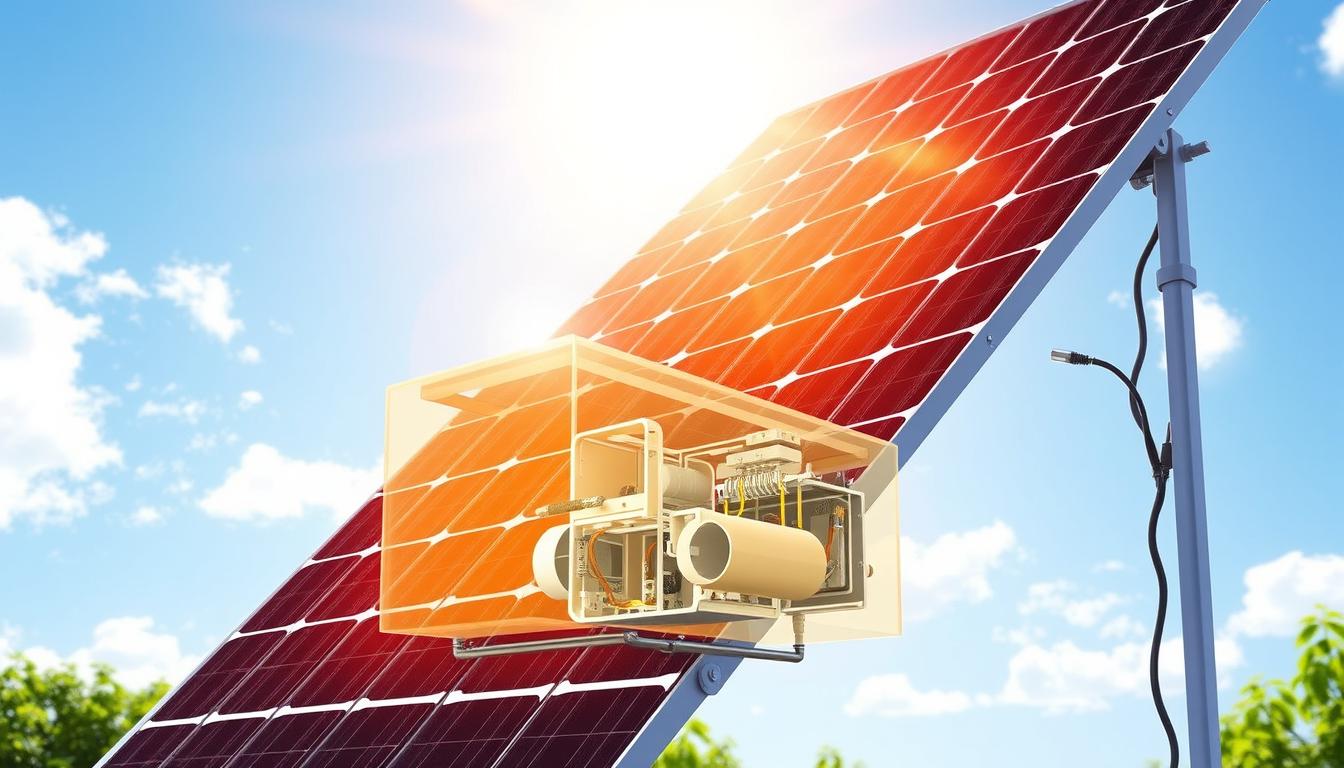
introduction Over 1.3 million homes in the United States have already switched to solar energy. This move has helped them use less fossil fuels and cut down on carbon emissions. As we look into renewable energy, it’s key to know about photovoltaic cells and how they make electricity. how do solar panels work We’ll dive into the basics of solar panels and why they’re important for renewable energy. These systems turn sunlight into electricity, giving us a green way to power our homes. The Science Behind Solar Energy Solar panel technology is based on the photovoltaic effect. This process turns sunlight into electrical energy. It’s the core of how solar panels work. The Photovoltaic Effect Explained The photovoltaic effect changes light into electrical energy. It happens in photovoltaic cells made from silicon. Sunlight excites electrons, creating an electrical current. The quality of the material and the cell design affect how well this works. This process is complex, involving light, material properties, and electrical engineering. Improvements in photovoltaic technology make solar energy more efficient and affordable. Types of Solar Cells and Their Efficiency Solar cells come in different types, like monocrystalline, polycrystalline, and thin-film. Each has its own efficiency and cost. Type of Solar Cell Efficiency Rate Cost Monocrystalline 15-20% Higher Polycrystalline 13-16% Moderate Thin-Film 7-12% Lower Monocrystalline cells are the most efficient but cost more. The choice depends on budget and space needs. “The future of solar energy is bright, with advancements in photovoltaic technology driving down costs and increasing efficiency.” How Do Solar Panels Work: From Sunlight to Electricity Understanding solar panels is key for those wanting to use solar energy at home. These panels are a big part of a home solar system. They turn sunlight into electricity in a cool way. The quality of panels, mounting hardware, and inverter tech all matter. Let’s look at how solar panels work. The Solar Energy Conversion Process The process starts with the photovoltaic (PV) effect. Sunlight is absorbed by solar cells made from special materials. These materials release electrons, creating direct current (DC) electricity. The PV effect is the core of solar energy conversion. Sunlight excites the electrons in solar cells. This is the first step in making sunlight into electricity we can use. Components of a Residential Solar Panel System A home solar system has solar panels, mounting hardware, and inverters. Solar panels catch sunlight and turn it into DC electricity. The mounting hardware holds the panels in place. It makes sure they face the right direction for best energy capture. The right hardware is important for system efficiency and durability. DC to AC Conversion: The Role of Inverters The DC electricity from solar panels isn’t good for most homes. We need alternating current (AC) electricity. That’s where inverters come in. They change DC power to AC power for home use. Inverters are vital for making solar panel electricity safe and usable. They let homeowners power their homes with solar energy. Solar Panel Installation for Homes Getting solar energy for your home needs careful planning and setup. We’ll look at how to install solar panels. It’s key to know what makes a solar power system work well. First, we check if your home can use solar energy. We look at your roof’s size, direction, and if it’s shaded. This helps us see if it’s good for making solar energy. Assessing Your Home’s Solar Potentia To figure out your home’s solar power, we look at a few things: By checking these, we can see if solar panels will work for your home. Roof Requirements and Positioning Your roof’s condition and type matter for solar panels. It must be strong enough to hold the panels. Where you put the panels is also important. We aim for: Professional vs. DIY Installation Homeowners can choose to install solar panels themselves or get a pro to do it. DIY might save money, but it needs special skills and tools. We suggest getting a pro to install your solar panels. They make sure it’s done right and safely. They also know about local rules and benefits, helping you get more value from your investment. Knowing the important parts of solar panel installation helps make sure your system works well. This way, your home gets clean, renewable energy.…
-
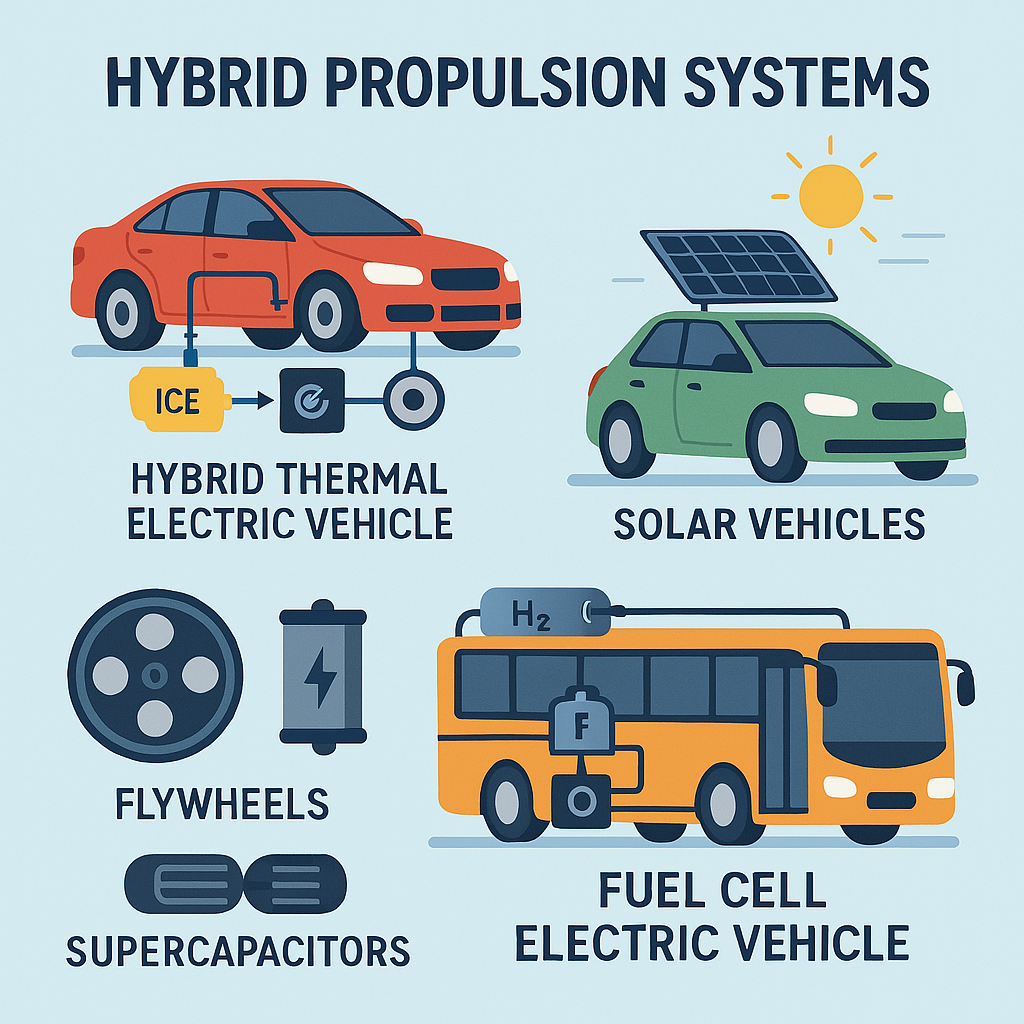
Introduction A hybrid propulsion system refers to any vehicle architecture that employs two or more distinct power sources to generate motion. The most common combinations involve internal combustion engines (ICE) coupled with electric motors and energy storage devices, such as batteries, fuel cells, or alternative systems like flywheels and supercapacitors. The motivation behind hybrid systems…
